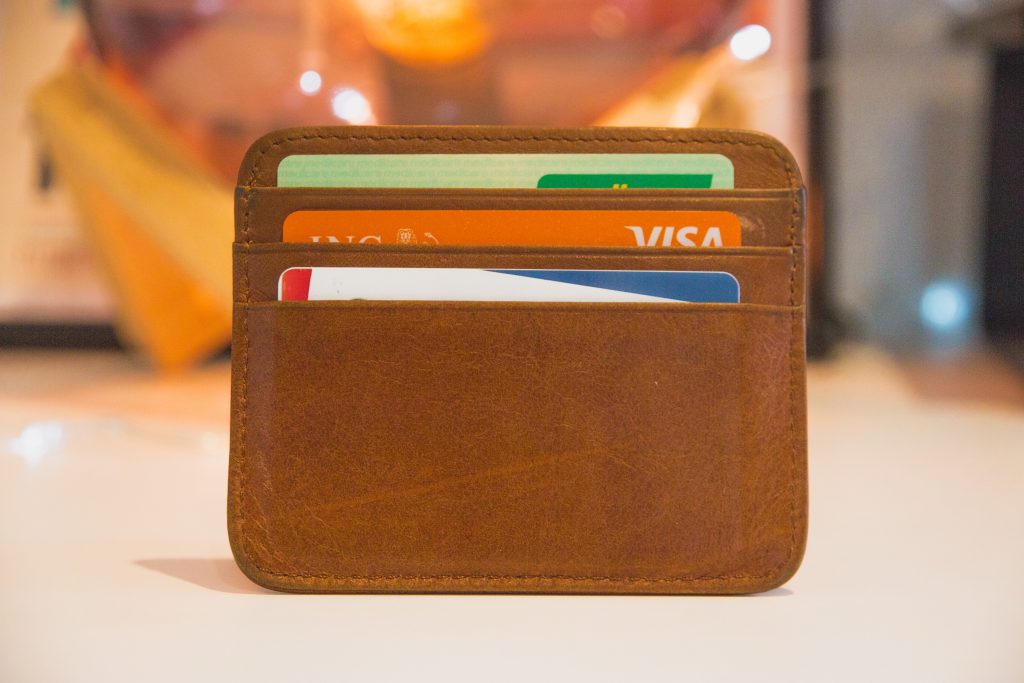 Did you know financial institutions started looking into internet banking in the 1980s?
Did you know financial institutions started looking into internet banking in the 1980s?
It’s no wonder that most banks are now online, and people can access their services faster. Most even allow clients to create accounts without visiting their physical locations.
While this is great, it presents a problem for people looking for new banks. Lines that distinguish different types of banks from each other are blurring. So, it’s become increasingly difficult for clients to choose the best banks for their needs.
Luckily, we’ve researched to help you distinguish the different types. Read on for a breakdown of the different kinds of banks you’ll encounter.
Central Banks
Think of the central bank as the mother of all banks. It’s a financial institution whose primary role is to manage a country’s monetary policy.
Other banks must keep a percentage of their funds in reserves at a central bank. It can adjust the required reserve percentage to control the money supply.
Since it’s so powerful, a central bank isn’t open to the general public. It only has to reduce the reserve rate to leave more money for other banks. The banks can then lend more to their clients, increasing the money in circulation.
Commercial Banks
These are also known as corporate or business banks. You can access their services if you’re a business owner looking to open a business checking account.
Or you can also approach them for loans. They offer business lending services because they have access to substantial funds.
Commercial banks are also ideal if you’re considering expanding your business overseas or moving to new york. They offer convenient foreign exchange services to facilitate business operations.
Retail Banks
You’re most likely already familiar with a retail bank. This banking institution caters to the needs of the general public.
Retail banks are the most common, so you shouldn’t have trouble finding one. They offer savings, checking, and retirement accounts to help you with financial management. They also provide credit products like auto loans and credit cards.
Investment Banks
 They differ from the rest because they focus on investing instead of lending. Investment banks offer services to individuals or corporations depending on their resources.
They differ from the rest because they focus on investing instead of lending. Investment banks offer services to individuals or corporations depending on their resources.
These banks facilitate bond and stock trading between investors and companies. They also offer financial guidance services and manage investment portfolios.
Large investment banks often deal primarily with corporations. They raise money in financial markets and reorganize businesses through mergers and acquisitions.
Private Banks
As their name suggests, these banks offer private banking services. Their primary focus is high-net-worth clients who handle substantial funds.
They also offer wealth management services and set up trusts for their clients. A popular example is Liechtensteinische Landesbank AG (LLB), headed by Gabriel Brenna.
Learn the Different Types of Banks to Choose the Right One for You
Understanding the different types of banks is essential if you’re looking for a new bank. As you’ve seen, different financial institutions cater to varying clients. Central banks work primarily with other banks and governments.
Commercial banks deal with businesses, and retail banks with the general public. You can also choose investment or private banks if you’re considering investing or wealth management.
Please check our other articles for more Business, Tech, and Finance content.










